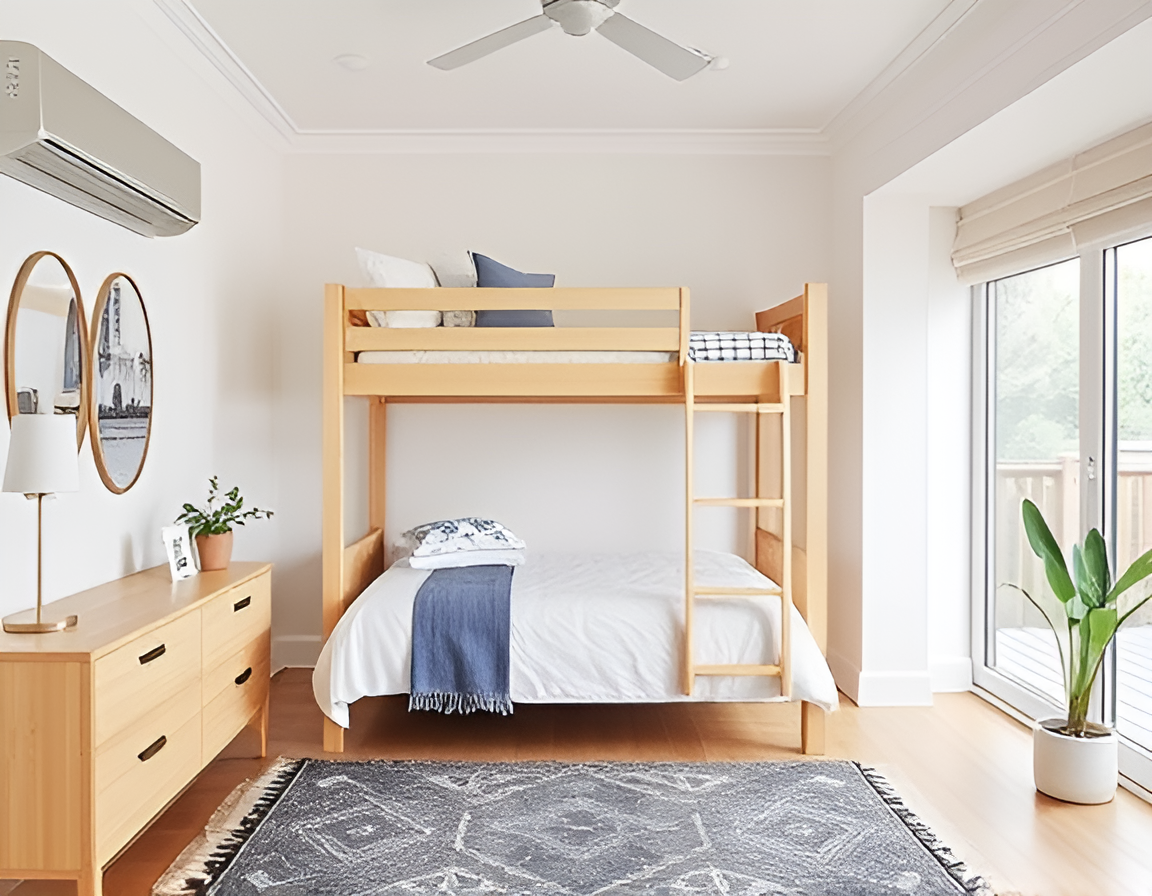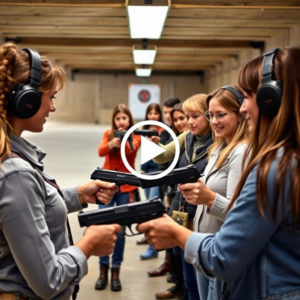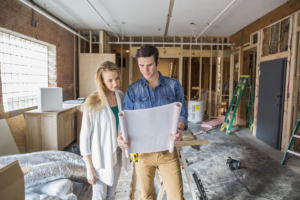Fundamental Principles of Structural Stability
Structural stability is a crucial aspect of any construction project, whether it’s for residential, commercial, or educational buildings. Ensuring a building remains safe and functional over time requires a deep understanding of how various components work together to resist forces such as gravity, wind, seismic activity, and more. In this article, we will explore the fundamental principles of structural stability, focusing on how to ensure robust construction through proper design, material choice, and product selection—particularly fasteners and other essential elements.
What is Structural Stability?
Structural stability refers to the ability of a structure to maintain its shape and strength under the stresses it encounters during its lifetime. It involves ensuring that buildings can support both static loads (like furniture and occupants) and dynamic loads (like wind and earthquakes). Stability is not just about the strength of materials used but also the design of the building, the connections between components, and how these factors work together to prevent deformation or collapse.
In construction, a stable structure will remain upright, withstand various forces, and protect its occupants. This is especially important for buildings used in offices, homes, and schools, where safety is paramount.
Core Principles of Structural Stability
Several key principles govern the stability of structures. These principles guide engineers and construction professionals in designing buildings that last:
Load Path Continuity
One of the most critical aspects of structural stability is ensuring that loads are efficiently transferred throughout the structure. Every building experiences loads, whether from its weight (dead load), occupants and furniture (live load), or environmental factors (wind, snow, seismic activity). The structure must have a continuous load path, meaning that the forces exerted on the building are safely transferred from the roof to the foundation.
The design must ensure that there are no weak points where forces can accumulate. For example, in a multi-story office building, poor load transfer between floors can lead to instability, potentially causing local or global failure.
Use of Quality Fasteners
Fasteners are small components that play a massive role in maintaining structural stability. From screws and bolts to anchors and rivets, fasteners hold the various parts of a building together. Using the right fasteners ensures the connections between materials are strong enough to withstand applied forces.
In building construction mur, fasteners are used to secure everything from steel beams in commercial offices to wood frames in residential homes. It’s vital to choose fasteners appropriate for the material and load requirements. For instance, a heavy load-bearing wall in a school gymnasium will need much stronger fasteners compared to a non-load-bearing wall in a home.
Fasteners must also be resistant to environmental factors like corrosion, especially in outdoor structures. Selecting the right type of fastener, such as stainless steel or galvanized fasteners, can prevent long-term structural degradation.
Redundancy in Design
A well-designed building incorporates redundancy, meaning multiple systems are in place to resist loads. If one part of the structure fails, another part can take over to prevent collapse.
In office buildings or schools, designing with redundancy ensures that if a fastener or joint weakens over time, the structure will still remain stable. It’s a safeguard against unforeseen events and ensures occupant safety.
Lateral Stability
Lateral forces, such as those caused by wind or earthquakes, can cause significant stress on a building. Lateral stability involves designing the structure to resist these horizontal forces. Walls, braces, and fasteners all play a role in maintaining lateral stability.
For example, schools in earthquake-prone areas often feature braced frames or shear walls, which help distribute lateral forces throughout the building. Without lateral stability, the structure could sway, tilt, or even collapse under strong winds or seismic loads.
Practical Tips for Ensuring Structural Stability
For professionals in building construction, from contractors to architects, ensuring structural stability should always be a priority. Here are some practical tips to achieve a stable structure:
Select the right fasteners for the materials and load types. Look for fasteners designed to resist the specific forces your structure will encounter.
Prioritize regular inspections to check for corrosion, loose connections, or other wear and tear in fasteners and structural components.
Consider environmental factors like wind and earthquakes during the design phase, and ensure your building can handle lateral forces.
Incorporate redundancy into the design, so that if one component fails, the rest of the structure remains stable.
Conclusion
Structural stability is a critical aspect of any construction project, affecting not only the longevity of the building but also the safety of its occupants. From ensuring a continuous load path to selecting the right fasteners and designing for lateral stability, understanding the principles of structural stability allows professionals to create safer, more reliable structures. Whether you’re building an office, a home, or a school, following these guidelines can help ensure that your project stands the test of time – tokohasil.com.














Post Comment